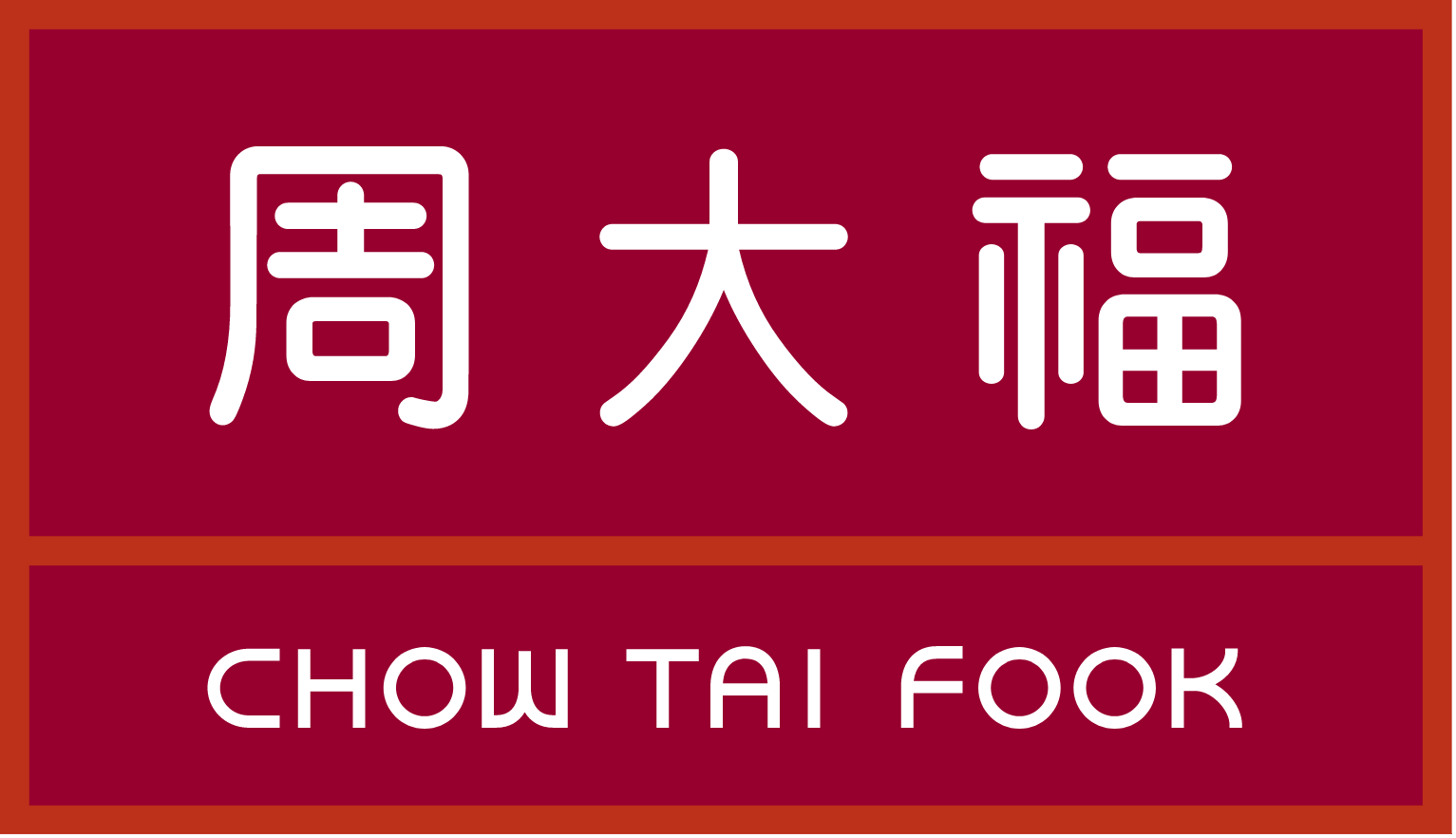YUM CHINA(09987)
Search documents
百胜中国(09987)11月27日斥资1947.87万港元回购5.18万股

智通财经网· 2025-11-28 09:51
智通财经APP讯,百胜中国(09987)发布公告,该公司于2025年11月27日斥资1947.87万港元回购5.18万股 股份,每股回购价格为372.8-378.8万港元。 ...
百胜中国(09987) - 翌日披露报表

2025-11-28 09:44
FF305 翌日披露報表 (股份發行人 ── 已發行股份或庫存股份變動、股份購回及/或在場内出售庫存股份) 表格類別: 股票 狀態: 新提交 呈交日期: 2025年11月28日 如上市發行人的已發行股份或庫存股份出現變動而須根據《香港聯合交易所有限公司(「香港聯交所」)證券上市規則》(「《主板上市規則》」)第13.25A條 / 《香港聯合交易所有限公司GEM證券 上市規則》(「《GEM上市規則》」)第17.27A條作出披露,必須填妥第一章節 。 | 第一章節 | | | | | | | | --- | --- | --- | --- | --- | --- | --- | | 1. 股份分類 | 普通股 | 股份類別 | 不適用 | 於香港聯交所上市 | 是 | | | 證券代號 (如上市) | 09987 | 說明 | | | | | | A. 已發行股份或庫存股份變動 | | | | | | | | | | | 已發行股份(不包括庫存股份)變動 | 庫存股份變動 | | | | | 事件 | 已發行股份(不包括庫存股份)數 目 | 佔有關事件前的現有已發 行股份(不包括庫存股 份)數目百分比 (註3) | ...
心系香港灾情 快消企业紧急驰援





Zhong Guo Jing Ying Bao· 2025-11-28 08:56
霸王茶姬向香港东华三院捐款50万港元,并捐赠1000条毛毯; 据不完全统计,截至11月28日下午3点,参与捐赠的快消企业有: 安踏集团捐赠总额3000万港元(含1000万港元现金及2000万港元防寒装备);波司登捐赠3000万港元; 农夫山泉捐赠1000万港元现金及500万港元物资; 李宁集团捐赠2000万港元现金及装备; 特步集团捐赠2000万港元现金及装备; 361°集团捐赠1500万港元现金及装备; 喜茶捐赠500万港元; 茶百道捐赠500万港元; 蜜雪冰城捐赠2000万港元; 香港新界大埔区宏福苑五级火灾发生后,内地多家快消企业迅速响应,第一时间启动捐赠行动,以现 金、物资等形式支援当地救援工作及受灾同胞安置,用实际行动传递企业担当。 温氏股份捐赠现金及物资共计4000万港元; 伊利集团联合中国红十字基金会捐赠1000万港元; 周大福集团捐赠2000万港元,并为受灾居民提供临时住宿、食物等支援; 老铺黄金捐赠1000万港元; 百胜中国携旗下品牌捐赠300万元人民币; 海天调味食品股份有限公司捐赠1000万港元。 (文章来源:中国经营报) ...
紧急捐赠!多家企业捐款捐物 驰援中国香港大埔火灾救援





Zheng Quan Ri Bao· 2025-11-28 07:42
Group 1 - Multiple companies have pledged significant donations to support fire relief efforts in Hong Kong, demonstrating corporate social responsibility and community support [1][2][3][4][5][6] - China Resources Group has donated 20 million HKD for emergency rescue and medical assistance for victims [1] - Anta Group has committed a total of 30 million HKD, including 10 million HKD in cash and 20 million HKD in cold-weather gear for disaster relief [1] - Xtep Group has announced a donation of 20 million HKD in cash and equipment for disaster recovery efforts [1] - Bosideng has pledged 10 million HKD in cash and 20 million HKD in supplies for post-disaster support [2] - Nongfu Spring has donated 10 million HKD in cash and 5 million HKD in supplies for emergency relief and recovery [2] - Heytea has contributed 5 million HKD for resident support and rebuilding efforts [3] - Alibaba has initiated a donation of 20 million HKD and activated an emergency response mechanism to provide essential supplies [5] Group 2 - Companies are actively coordinating with local organizations to ensure timely delivery of aid and resources to affected residents [5][6] - Meituan's delivery platform Keeta has donated 5 million HKD for transitional housing and community recovery [5] - JD Group has mobilized resources to provide essential supplies and meals to affected individuals and rescue workers [5] - Ctrip Group has pledged 10 million HKD to assist affected residents and communities [5] - Various companies are continuing their support efforts, indicating a sustained commitment to aid the recovery process [6]
华润饮料、伊利、霸王茶姬、绿茶……多家食品饮料企业驰援香港
Guo Ji Jin Rong Bao· 2025-11-28 07:29
Core Viewpoint - The fire disaster in Hong Kong's Tai Po district has resulted in significant casualties and property damage, prompting a swift response from various companies to provide aid and support for recovery efforts [1]. Company Responses - China Resources Beverage activated its emergency response mechanism, delivering 10,080 bottles of water within two hours to ensure basic drinking water safety for affected residents [1]. - China Resources Vanguard coordinated with local welfare agencies to provide over 5,000 essential supplies, including milk and instant noodles, to support disaster relief efforts [1]. - China Resources Charity Fund donated HKD 20 million for emergency rescue, medical assistance, and emotional support for victims [1]. - Wens Foodstuff Group pledged HKD 40 million in cash and supplies to assist local residents with recovery and rebuilding efforts [1]. - Nongfu Spring delivered drinking water and beverages to shelters and donated HKD 10 million in cash and HKD 5 million in supplies for emergency relief and recovery [5]. - Haitian Flavoring & Food Company donated HKD 10 million for medical aid, emergency housing, and rebuilding efforts [7]. - Heytea contributed HKD 5 million to support disaster relief and subsequent recovery efforts for affected residents [11]. - Cha Baidao initiated a donation of HKD 5 million for medical assistance and rebuilding efforts for the affected population [13]. - Yum China, through its brands, donated RMB 3 million to aid Hong Kong's Tai Po fire relief efforts [15]. - Green Tea Group donated HKD 1 million for emergency assistance to affected residents and will continue to monitor the situation [18]. - Haidilao initiated an emergency response, sending over 1,200 boxes of instant food and donating RMB 4 million for medical aid and essential supplies [22].
百胜中国 CFO 揭秘,如何扩张,如何赚钱,如何提效
晚点LatePost· 2025-11-27 13:18
门店三合一、拼出一只鸡,百胜中国的逆势扩张计划。 文 丨 董慧 编辑 丨 黄俊杰 都说餐饮行业难做,但经营着肯德基、必胜客的百胜中国觉得,现在是大扩张的好时候。 11 月投资者日,百胜中国宣布了一项扩张计划:5 年后总门店数超过 30000 家,开进 4500 个县市。 目前有 17000 多家店的百胜中国,已经是中国营收规模最大的连锁餐饮企业,这意味着它要在 5 年内 再造一个自己。 计划附带一系列财务目标,店要猛开,店还得健康:同店销售额保持在持平到 2% 增长之间;集团利 润率继续提升;投资资本回报率从 16.9% 提升到 20%。 怎样让这个颇有野心的计划落地,并且风险可控,百胜中国 CFO 丁晓和我们一起算了帐。 丁晓早年在摩根大通、UBS 等外资投行以及阿里工作过,2019 年加入百胜中国,最早负责投资业 务,参与投资 LAVAZZA,有近三年时间兼任 LAVAZZA 中国合资公司总经理。去年 10 月,丁晓成 为集团代理 CFO,今年 3 月起担任 CFO。 对话前一天,丁晓刚带投资人们参观了一家 "三合一" 的肯德基门店。门店位于深圳天安,在原有肯德 基基础上,多开了一家肯悦咖啡和一家肯律轻食 ...
百胜中国11月26日斥资1039.99万美元回购21.34万股
Zhi Tong Cai Jing· 2025-11-27 10:02
于2025年11月26日该公司斥资1977.89万港元回购5.25万股,回购价格为每股375.8-379.2港元。 百胜中国(09987)发布公告,于2025年11月26日该公司斥资1039.99万美元回购21.34万股,回购价格为每 股48.44-48.93美元。 ...
百胜中国(09987)11月26日斥资1039.99万美元回购21.34万股

智通财经网· 2025-11-27 09:38
智通财经APP讯,百胜中国(09987)发布公告,于2025年11月26日该公司斥资1039.99万美元回购21.34万 股,回购价格为每股48.44-48.93美元。 于2025年11月26日该公司斥资1977.89万港元回购5.25万股,回购价格为每股375.8-379.2港元。 ...
百胜中国(09987.HK)11月26日耗资1977.9万港元回购5.25万股

Ge Long Hui· 2025-11-27 09:34
格隆汇11月27日丨百胜中国(09987.HK)发布公告,2025年11月26日耗资1977.9万港元回购5.25万股,回 购价格每股375.8-79.2港元。 ...
百胜中国(09987) - 翌日披露报表

2025-11-27 09:31
FF305 翌日披露報表 (股份發行人 ── 已發行股份或庫存股份變動、股份購回及/或在場内出售庫存股份) 表格類別: 股票 狀態: 新提交 公司名稱: 百勝中國控股有限公司("本公司") 呈交日期: 2025年11月27日 如上市發行人的已發行股份或庫存股份出現變動而須根據《香港聯合交易所有限公司(「香港聯交所」)證券上市規則》(「《主板上市規則》」)第13.25A條 / 《香港聯合交易所有限公司GEM證券 上市規則》(「《GEM上市規則》」)第17.27A條作出披露,必須填妥第一章節 。 第 2 頁 共 11 頁 v 1.3.0 | 9). | 於2025年9月25日在香港購回之股份 | | 18,500 | 0.01 % | HKD | 338.61 | | --- | --- | --- | --- | --- | --- | --- | | | 變動日期 | 2025年9月25日 | | | | | | 10). | 於2025年9月26日在香港購回之股份 | | 18,600 | 0.01 % | HKD | 336.42 | | | 變動日期 | 2025年9月26日 | | | | | | 1 ...

